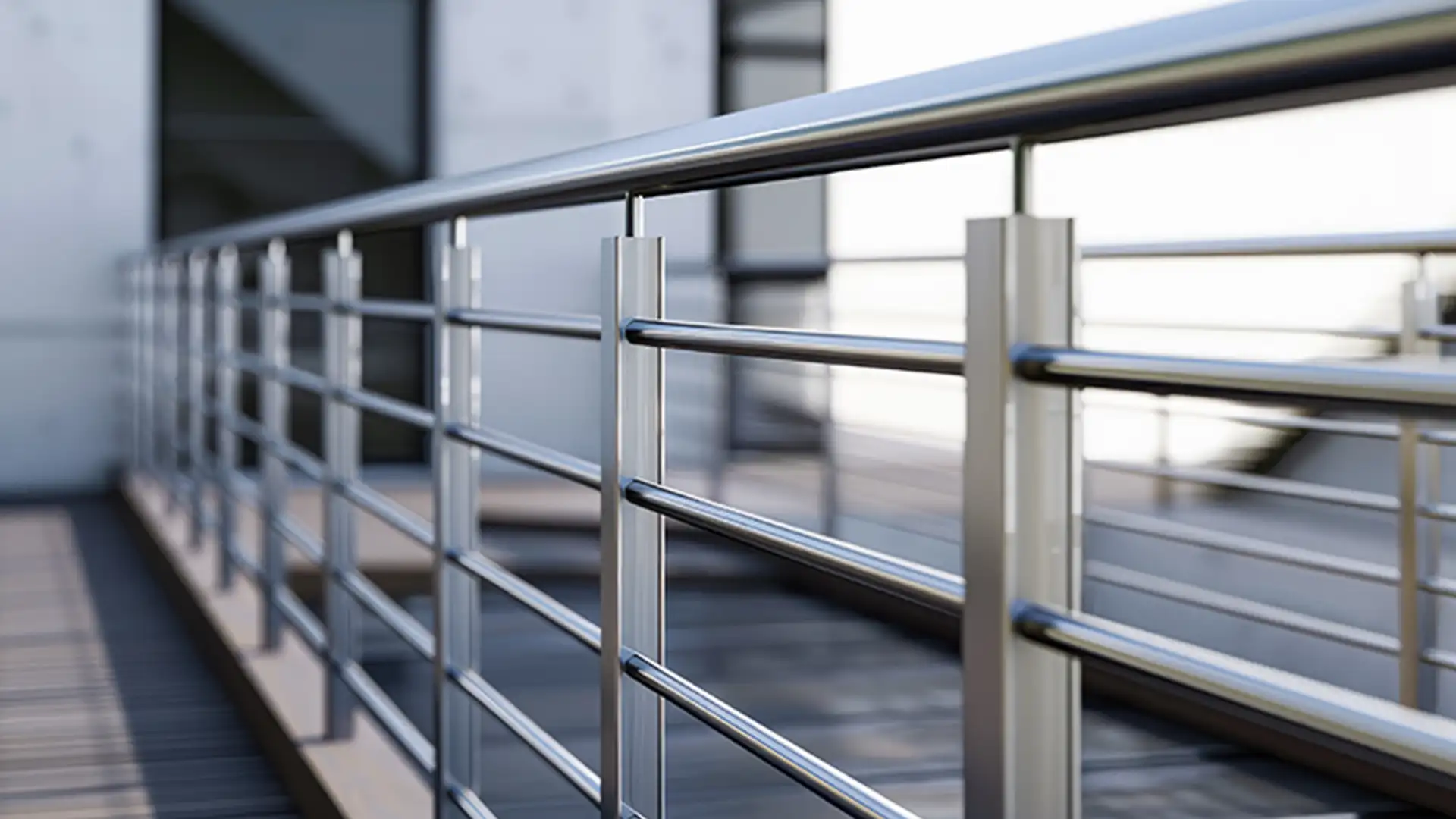Guardrails: updated standard to better protect young children

In 2005, Professor Philippe Meyer, head of the intensive care unit at Necker Hospital, sounded the alarm. Every week, he saw a young child arrive in his department who had been defenestrated. According to figures from France’s National Consumer Institute, there are a total of 300 such cases every year. The doctor had had enough, and called on the authorities. At the time, there was nothing in the regulations to prevent falls from buildings. There was no obligation. No guardrails, no low walls, no window handles with keys: nothing at all. Whether in apartments, stadiums or schools, there are no regulations, however surprising. So, in 2009, the Direction de l’Habitat, de l’Urbanisme et des Paysages (DHUP, a department of the French Ministry of Ecological Transition) requested that the AFNOR standards committee responsible for the subject be reopened, to revise the 1988 NF P01-012 standard on guardrails, a fundamental text for preventing the risk of falling into a void. The revision has two objectives: to take specific account of the risk of defenestration for young children, and to simplify the technical recommendations, as some diagrams are too open to interpretation.
When the norm precedes the law
This is a textbook case: a voluntary standard which preceded any form of regulation (the first version of the standard dates back to 1957) and which has endured ever since. In 2021, in the midst of a review of the standard, a brief mention appears in the French Construction and Housing Code: ” Buildings are designed and constructed in such a way as to prevent people from accidentally falling from a height during normal use “. (article L134-12). This was the very first legislative framework. From then on, the law imposed an obligation of result… and the standard provided the means. Since then, I’ve been approached by the Ministry of the Interior,” explains Pierre Martin, a specialist in glazed envelopes at Apave’s technical department and chairman of the AFNOR P01A standards commission on guardrails. I hope that future regulatory articles will come along, inspired by the standard, because the regulatory system is still very light, particularly for buildings open to the public, to workers, and for housing.” You can click here to find out more about the complete normative and regulatory framework. Pierre Martin points out that the standard doesn’t just apply to guardrails: low walls, window sills and interior partitions can also act as enclosures. ” We’re talking about protective elements in the broadest sense,” he adds.
200 children mobilized for life-size tests
When he proposed that AFNOR launch the revision, Pierre Martin knew that many attempts had already failed since 1988, the date of the last version, because when it comes to safety, it’s extremely difficult to place the cursor. There’s no such thing as zero risk: you can either think you’re doing too much, or not enough. So he decided on an experiment that had never been carried out before: observing children’s behavior. It seemed obvious to me that all the professionals involved needed to see what young children were doing with their equipment. So we invited 200 children, in a playful way, to climb as fast as they could over a number of guardrail models, then squeeze through them – an action known in the jargon as “traversing”,” he explains. Three exercise sessions were organized, bringing together young children from kindergarten to primary school, stopwatch in hand. The results were indisputable. ” In less than five seconds, all the children – including those in kindergarten – climbed over the guardrails, which complied with the 1988 standard,” says Pierre Martin. A great moment of truth. No need to convince anyone! The experiment led to two conclusions: firstly, there’s no point in raising the current height, set at one metre, to 1.10 m or even 1.20 m, as children climb over just as quickly. Even at 1.50 m with a smooth panel, the most determined children are able to climb successfully. On the other hand, it’s a good idea to reduce the diameter of the openings in the panel to a maximum of 11 cm. The guardrail can’t do everything,” reminds Pierre Martin.
Our job is not to turn the house into a bunker, but to save time, to ensure that a child escaping his parents’ vigilance is slowed down. And it turns out that an 11 cm opening won’t let a child’s head through. ”
As for the rest, the team of standardizers is calling on the public authorities to launch a prevention and information campaign for users on how to deal with the risk of falling from buildings. ” Statistics clearly show that more children are defenestrated when the parent is alone, or among refugees who have just obtained housing and are not focused on domestic risks, coming from countries where the risk takes other forms: war, poverty, etc. “, concludes Pierre Martin. The revised NF P01-012 standard entered the AFNOR collection on November 22, 2024. It applies to new buildings, not existing ones, and provides for a six-month delay before becoming applicable (June 2025), to allow time for training.